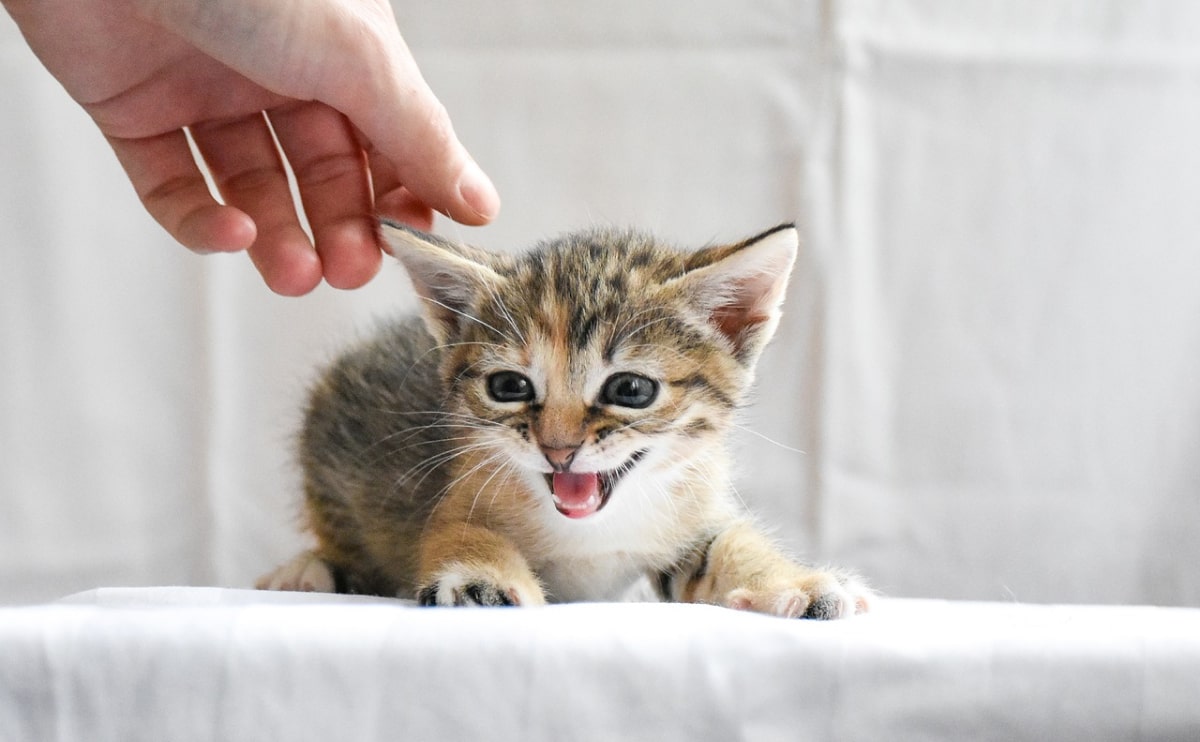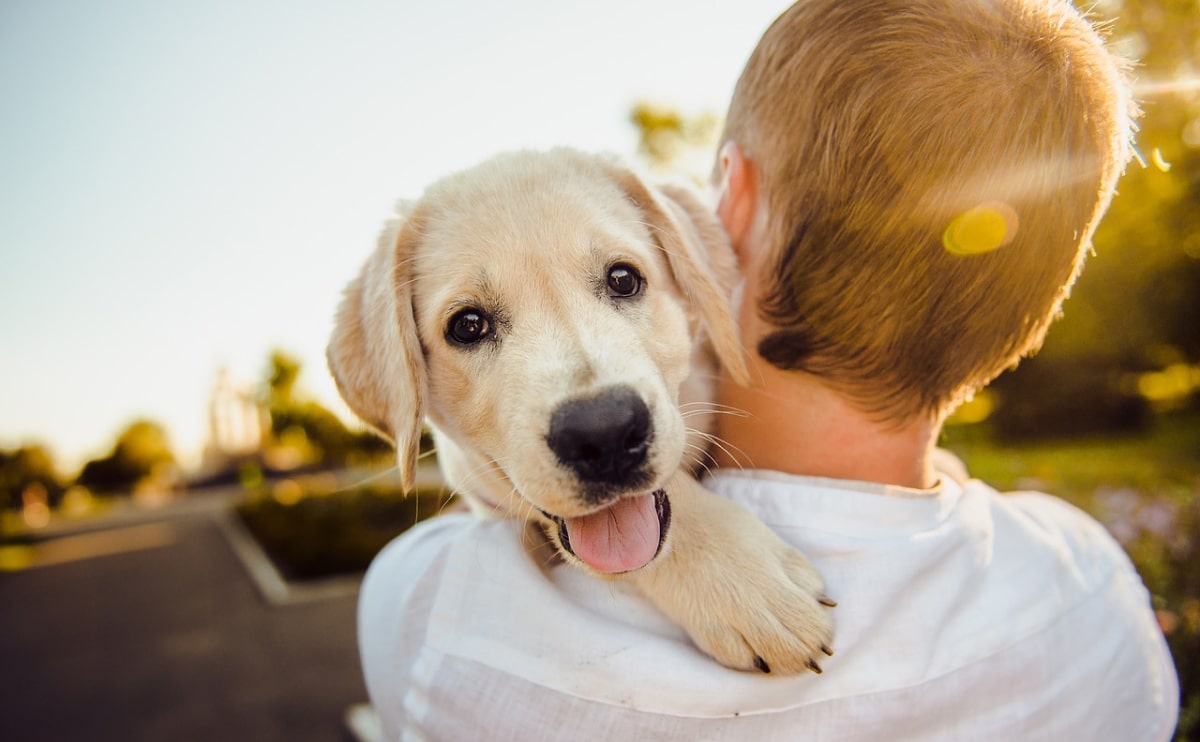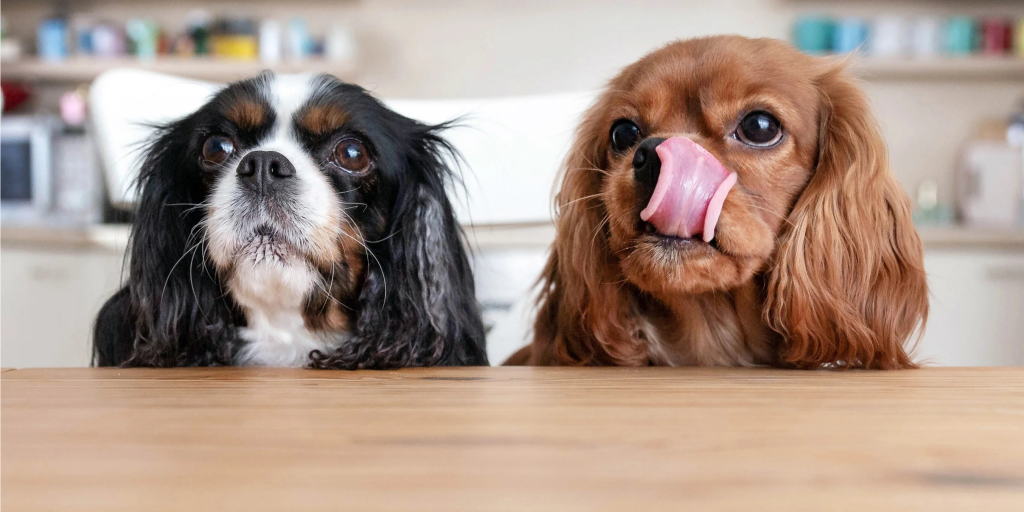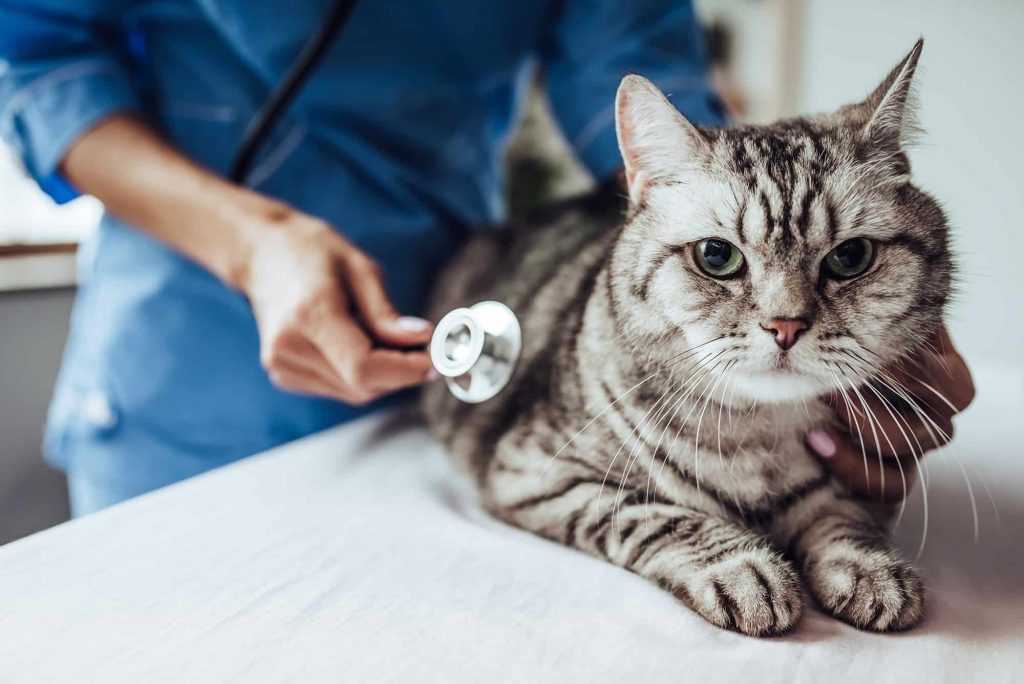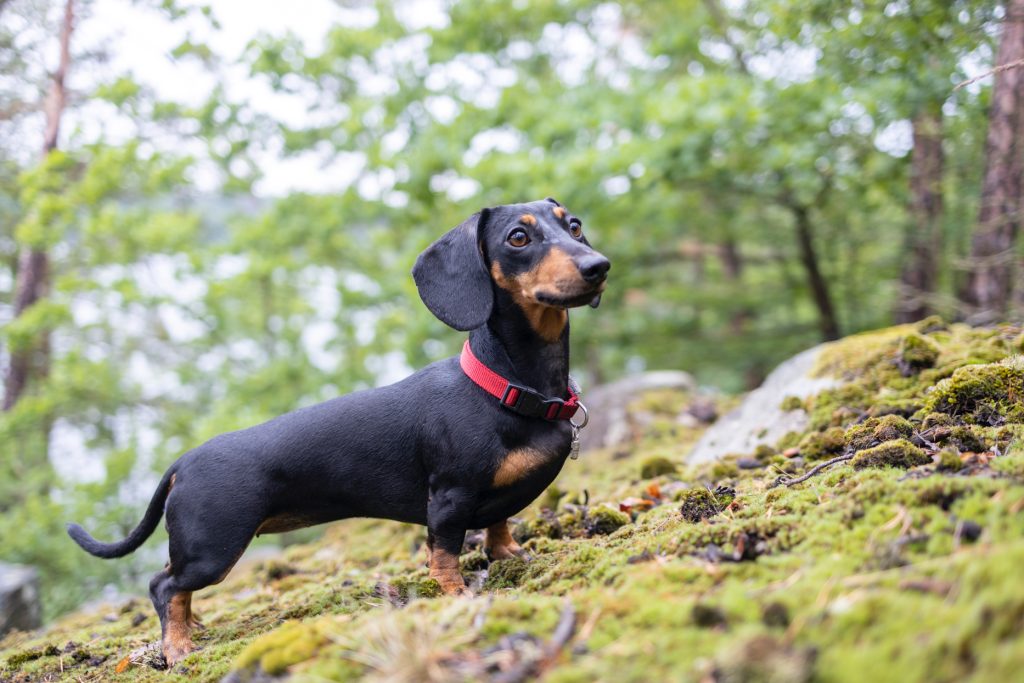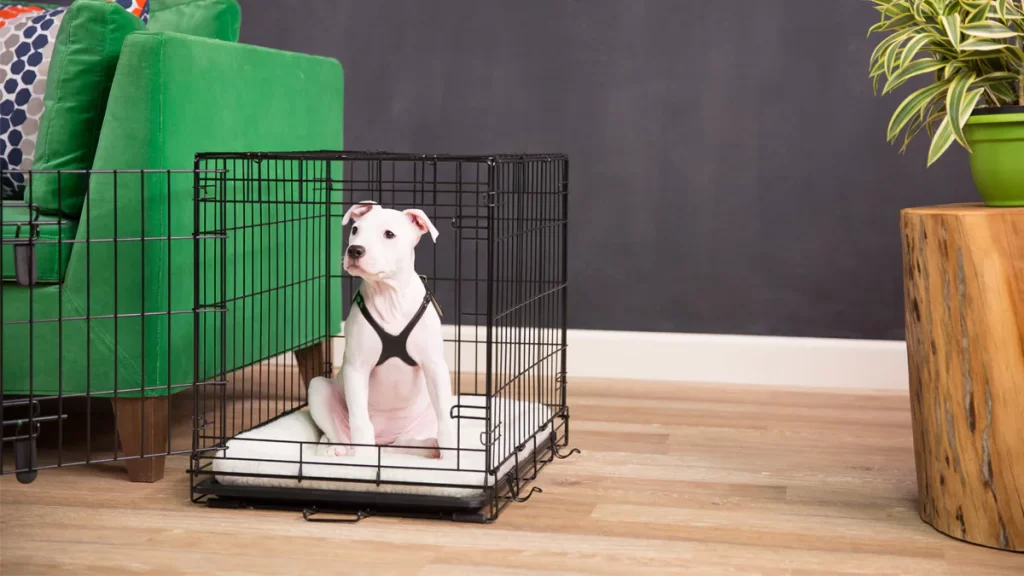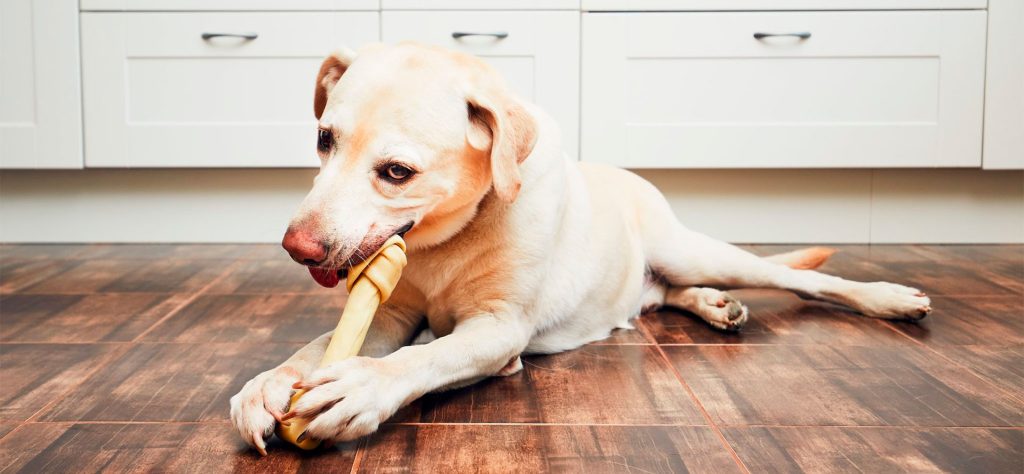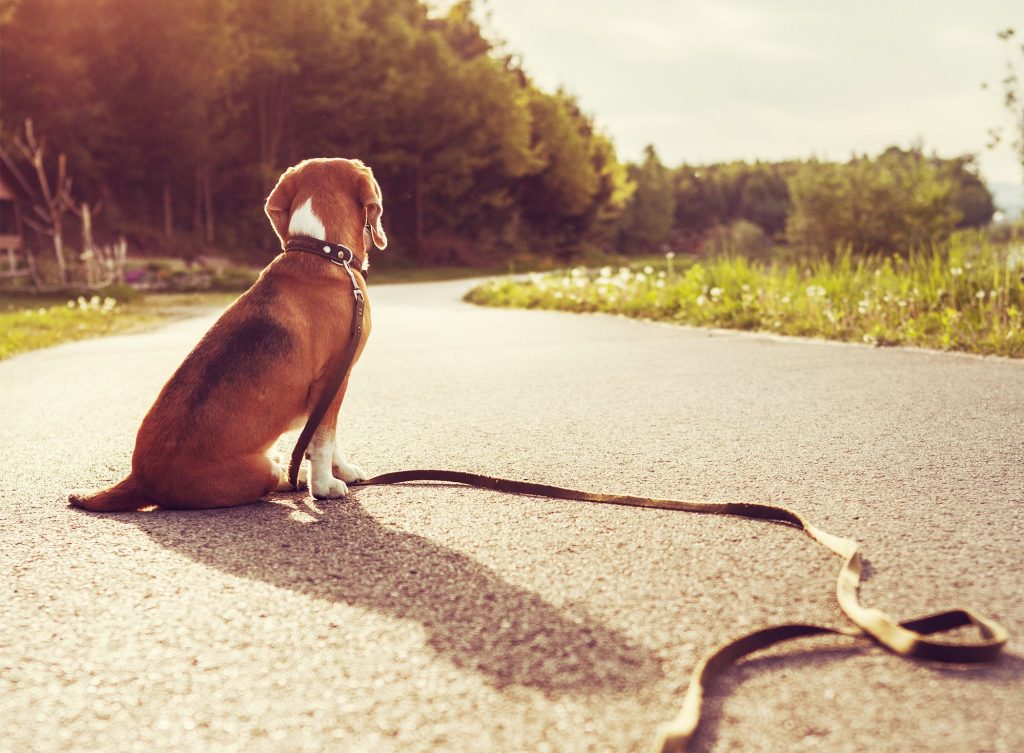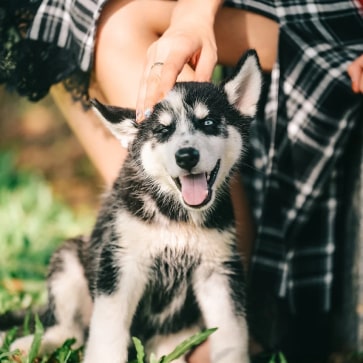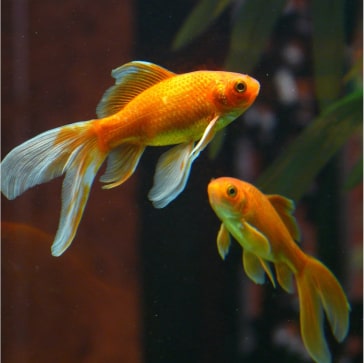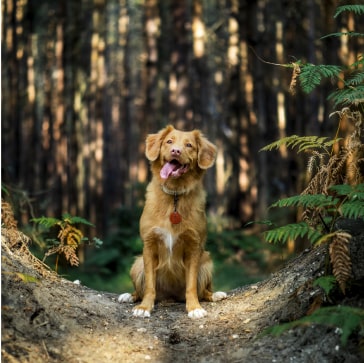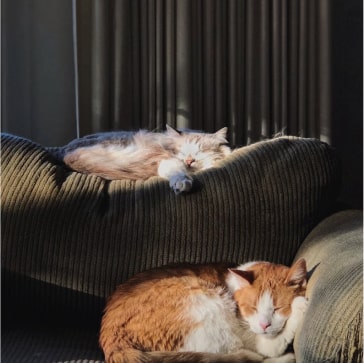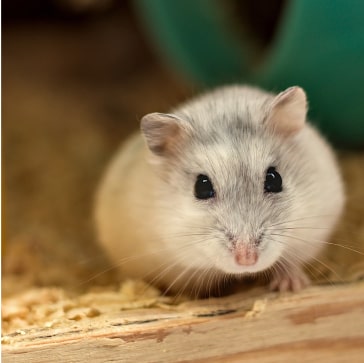Blog
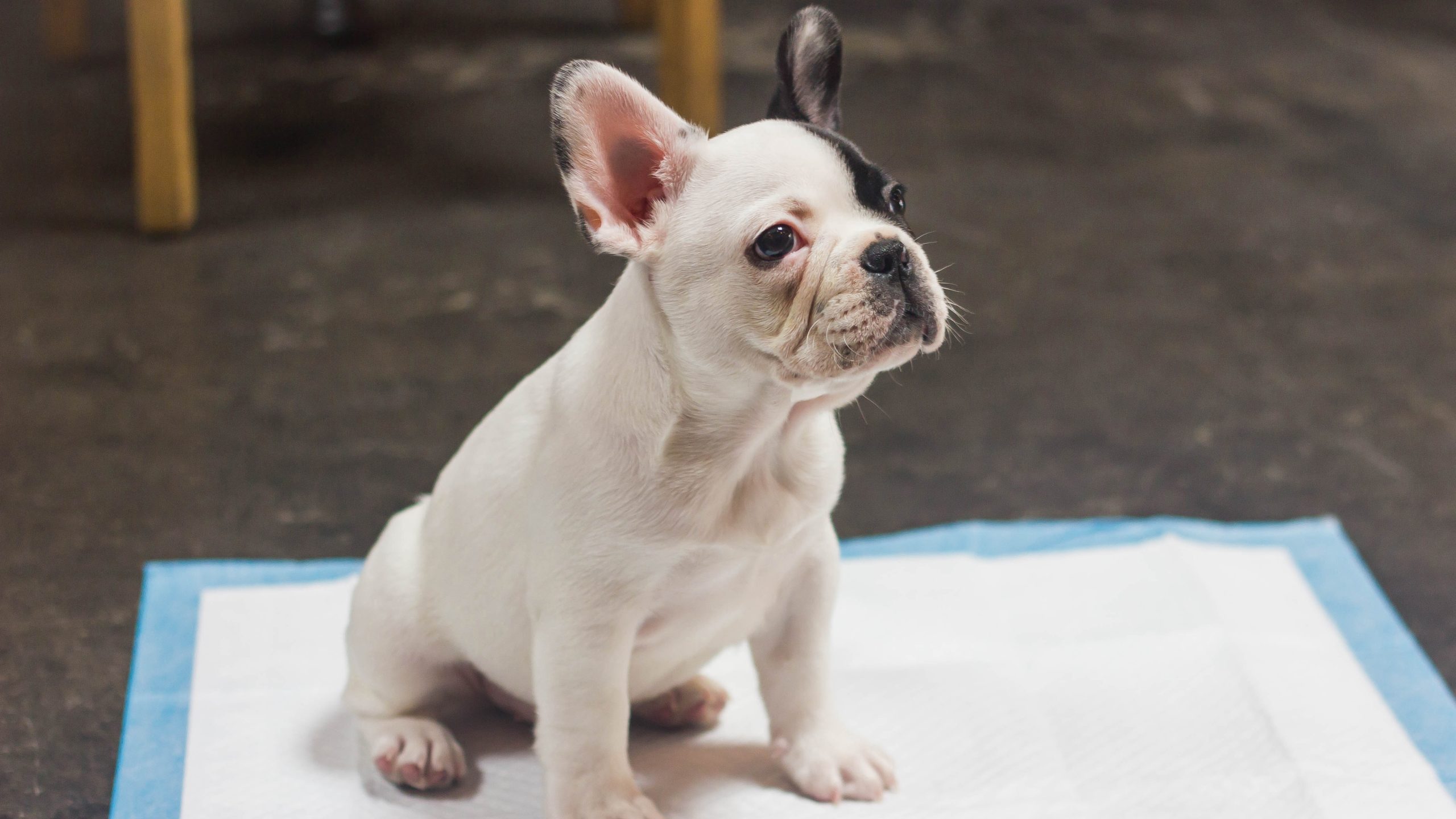
If You Work All Day, Here’s How to Potty Train Your Puppy

When you labor all day, you have two choices:
- Find a reputable daycare provider, dog walker, or pet sitter that can assist you with potty training while you are at work.
- Set up a puppy-proofed space on the floor, cover it with pee pads or newspaper, and accept that your puppy’s potty-training efforts may take longer than expected.
Option 1: Hire Someone to Help You Train Your Puppy While You’re at Work
This is a good alternative for puppy parents who want to crate train and educate their dogs to go pee outside. This alternative is particularly advantageous since small puppies must be fed three times a day and must exercise and extend their legs in order to develop properly. Puppies’ minds must also be kept engaged in order for those little neurons in their brains to form new, crucial pathways.
Method
- Before leaving to work, the dog should be taken out to pee first.
- Before placing him in the crate, feed him breakfast and then take him out again. To keep the puppy engaged while in the crate, give him a secure chew toy filled with treats.
- Have a friend, neighbor, family, pet walker, or pet sitter come over twice during the day to take the puppy out, once in the middle of the morning and again before noon.
- Feed the puppy around midday and then take him out thereafter (and hopefully exercise him again).
- Stop by for another toilet break in the middle of the day.
When Should You Take Your Puppy Out in the Afternoon and Evening?
- When you initially arrive at your destination
- His evening supper came first
- Following his dinner
- Just before bedtime
- Once or twice in the middle of the night or in the early hours of the morning
Option 2: Use a Long-Term Confinement Area to Potty-Train Your Puppy
If you work all day, one of the most typical methods for potty training your puppy is to utilize a “long-term confinement area,” as described by Ian Dunbar, a veterinarian and founder of the Association of Pet Dog Trainers.
A container cannot give the same amount of space as a long-term confinement location. It gives the dog enough room to move about and relieve himself as needed. It’s excellent for busy pet parents who need to leave their dog for more than a few hours.
What Is the Definition of a Long-Term Confinement Area?
A strong cage such as an exercise pen, sometimes known as an Xpen, is commonly used for long-term confinement. You may also confine the puppy in a puppy-proofed room, such as the kitchen, bathroom, or utility room, which you can seal off with a door, strong boxes, or a baby gate. For particularly tiny breeds, certain puppy flats work well as long-term kennels.
A washable surface is commonly used for a long-term confinement area to make cleaning easier. Linoleum and tile are excellent choices. Using pee pads or newspaper, line the area. To help your puppy get off to a good start, cover a significant portion of the floor with pee pads or newspaper. Remove pads and paper one by one until your puppy can pee on only a few.
Is it Possible for Dogs to Use a Litter Box?
Litter boxes are used by certain puppy owners. Puppy parents who want their puppies to pee outside on grass might use litter boxes with synthetic or real grass to build a preference for grass as a substrate.
Keep your puppy’s food and water in one place, as well as some interactive, safe toys and their bed in the farthest corner away from the potty area. Pups (excluding store-bought puppies and puppies from puppy mills) are naturally hesitant to go pee near their food, play, or sleep areas.
The Dangers of Using Newspaper
Newspaper training a puppy may appear to be a cost-effective method, but it has one major disadvantage: you will eventually have to teach your puppy to stop using papers. This can be perplexing since you’ve been teaching your dog to pee on newspaper indoors and then telling him it’s no longer acceptable.
Sure, some puppies have been successfully trained to pee both indoors on paper and outdoors on grass, but indoor peeing may not be possible when puppies grow into enormous canines with lake-sized puddles.
Long-Term Confinement Areas Have Their Advantages
Using a long-term confinement area has various benefits:
- It aids in the prevention of home accidents.
- It will assist the dog in learning to go pee in a specified indoor location.
- It allows the dog to stretch out and wander around more freely.
Long-Term Confinement Areas Have Their Drawbacks
Some toilet training difficulties, for instance:
- Because the dog does potty inside, he may learn that it’s okay.
- Because the puppy goes pee when he has it, he won’t learn to “hold it” like crate training does.
- When your shift is finished, you must go home immediately (no happy hour with your co-workers).
Petstup is an official seller of the many well-known pets brands, focused on improving the lives of pets, pet parents and our partners. We proudly offer a large variety of pet nutrition products and supplies competitively priced for dogs, cats, reptiles, fish, birds and small animals. Petstup is your one stop shop for all your pet’s needs. All our products are authentic, and pass all mandatory United States standards and veterinary practices. We run several warehouses across the United States to serve you better and faster.







